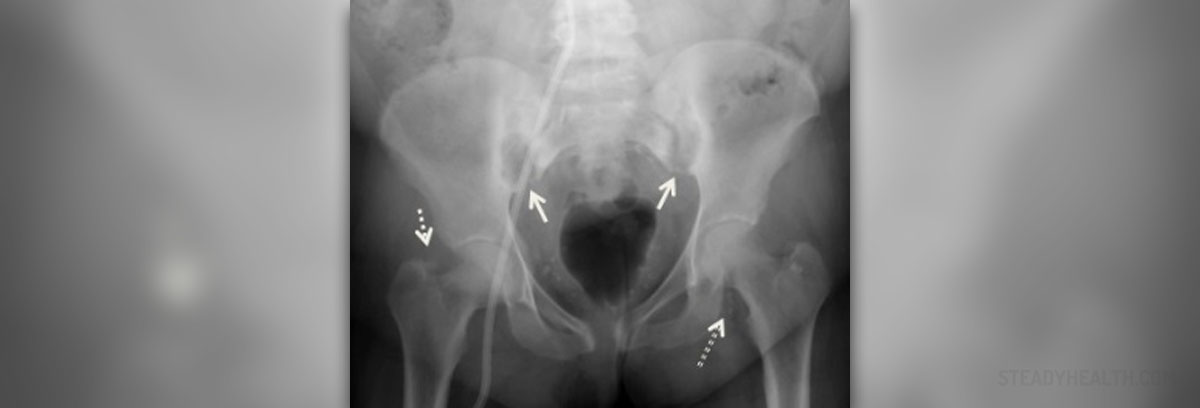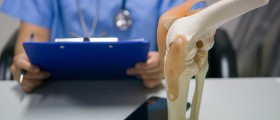
Sacroiliac joint
In the human body there are two sacroiliac joints that are placed at the bottom of the back, each on one side of the spine. The rear part of the pelvic girdle and sit between the sacrum and iliac bones is made with the help of the sacroiliac joints. The main role of these joints is to provide twisting movements when we move our legs. When the sacroiliac joints are injured or damaged, this condition is called sacroiliac dysfunction, and it usually occurs when the joints are hyper mobile or hypo mobile. These sacroiliac dysfunctions may cause further problems to the muscles and ligaments that are around the sacroiliac joints.
Symptoms of sacroiliac dysfunction
When the sacroiliac joints are impaired, there are several symptoms that can warn us about that. The most frequent sign of sacroiliac dysfunction is pain that occurs on the left or right side at the very bottom of the back. The pain may be mild or, on the other hand, it may be very intense and sharp. This pain may spread gradually to the buttocks and the groin, and if a man has sacroiliac dysfunction, he may even experience pain in the testicles. Furthermore, pain in the lower limb and difficulty turning over in bed or putting on shoes are also some of the symptoms of the sacroiliac dysfunction. Other symptoms include stiffness in the lower back and tenderness on palpating the ligaments that are near the sacroiliac joints.
Causes of sacroiliac pain
The causes of sacroiliac pain may be of traumatic, biomechanical, hormonal and inflammatory joint disease nature. Sacroiliac pain can be caused by a trauma to the joints, such as the landing on the buttocks, and in this case, the ligaments are also damaged. Leg length discrepancy and twisted pelvis, as well as overpronation and muscle imbalance are the most common biomechanical problems that may cause the sacroiliac dysfunction.
Women who are pregnant may develop sacroiliac pain, which happens because the pelvis prepares itself for the birth of the baby. In such cases, the pelvis ligaments increase in laxity and furthermore, the spine is under even bigger pressure because of the body weight, so the pain may appear.
Spondyloarthropathies is the medical term for the inflammatory disorders that affect the spine. Of all the inflammatory joint diseases, the most common is Ankylosing Spondylitis, which causes sacroiliac joint pain.
Treatment of sacroiliac pain
To treat sacroiliac pain the best way is to avoid activities that induce the pain. Furthermore, in order to reduce the pain, applying of warm packs on the painful area may be very effective. The person who feels the pain may use medications, such as ibuprofen, or he/she should wear sacroiliac belt.












-Symptoms,-Diagnosis,-Treatment_f_280x120.jpg)




Your thoughts on this
Loading...